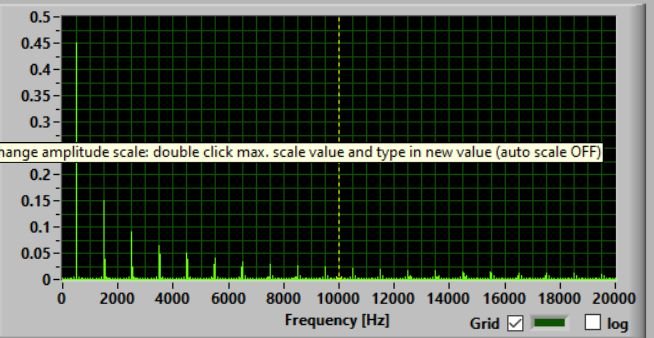Thwart noise? No, I've only mitigated it. Here's my list of noise mitigation efforts:
- Dedicated 20A circuit to stereo system
- Shakti Stone Airs on circuit panels
- SR Pink UEF Duplex A/C Outlets for stereo, and Cable Modem/Router
- LHY LPS’s with Shakti Stone Airs on Cable Modem and Router
- Galvanic Isolation: Ethernet to Fiber to Ethernet conversion (LHY FMC to LHY SW-6)
- High Fidelity Cables MC-0.5 Helix Plus Signature Shunt Conditioners
- Vera-Fi Audio Puron Plug-In A/C Line Conditioners
- SR Powercell 8 SX using SRX XL power cable with ground attachments
- SR Ground Block with HD SX and Foundation Ground Cables
- SR UEF Performance Enhancers (Ethernet, XLR, USB)
- SR Foundation XL 4-pin XLR Subwoofer Interconnects
- SR Atmosphere SX Reference Ethernet Cables with ground attachment
- Lessloss C-MARC Classic and Prime power cables
- Lessloss Firewall 640X’s
- Lessloss Firewall for Loudspeakers
- Lessloss C-MARC RCA Interconnects & Speaker Cables
- GIK 2A Alpha Pro Series Panel Diffusor/Absorbers (Front Wall + Side Walls)
- GIK Gotham N23 5” Quadratic Diffusers (Front Wall)
- ASC SuperTraps
- Soundproof Cow Echo 2” Absorber Acoustic Panels (Floor: First Reflection)
- Moondream Soundproof Mars Curtains (-15dB)










